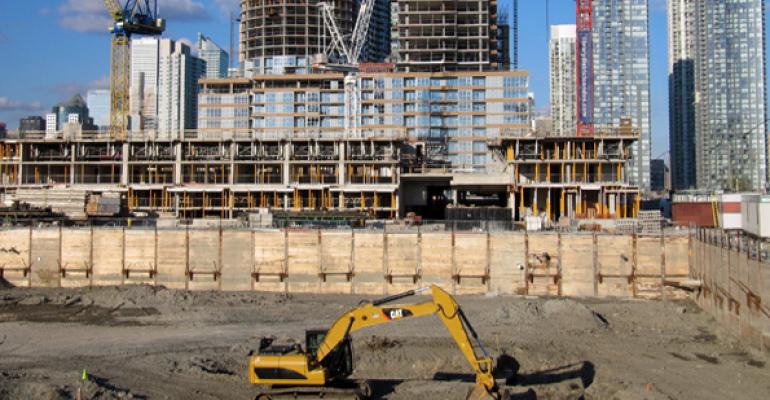Everything seems to be going right for the apartment industry. Demand is growing. New supply remains constrained. Rents are rising a little faster than overall inflation. Occupancy rates have rebounded to normal levels in most markets. Real estate investors still find apartments an attractive asset class and financing is mostly available. For the next few years, most analysts foresee rising rents, higher net operating income, modest price gains, available capital and an active transactions market. Is it all too good to be true?
Despite the current optimism, some potential challenges lurk on the horizon. Rent growth is one. While today’s rent increases are great for apartment firms that are recovering from recessionary rent declines, they are creating affordability concerns as rent growth outpaces resident income growth. Competition in the single-family market is another issue. Distress in the single-family, for-sale segment of the market has turned the rent-versus-buy value proposition on its head in some markets and created opportunities for investment and growth in the single-family rental market.
Meanwhile, active investor interest in multifamily is driving fears of overbuilding. Apartment prices are rising and cap rates are compressing, raising concerns about the sector’s “frothiness,” and uncertainty exists over capital’s long-term availability and cost. Fannie Mae and Freddie Mac’s role in mortgage financing may be reduced or eliminated, and interest rates are unlikely to remain low. But despite these concerns, the near-term outlook is bright.
Demand outpaces supply
The shutdown in new construction in the Great Recession made the snap-back in starts dramatic, but they have yet to reach a recovery threshold. Multifamily starts should reach 210,000 to 220,000 units in 2012—more than double the 100,000-unit average for 2009–2010, but below the 303,000 average for 1997–2006. The current level could rise by 50 percent without fear of overbuilding. Steep declines in for-sale home prices may be over, but where they go from here is unknown. While nominal house prices are rising, real house prices are not. One in four mortgage holders owes more than the house is worth, and many see home purchase as risky.
The single-family home rental market is likely an overblown threat to the multifamily rental market because these homes are not close substitutes for apartment living. Houses are larger, costlier and may require maintenance. That’s not what single renters want, and roughly half of all apartments are occupied by single-person households.
Investment market maintains capital concerns
As lawmakers debate Fannie Mae and Freddie Mac’s fate, there is concern that absent a government backstop, multifamily mortgage credit will be harder to obtain—and during a crisis, potentially unavailable. The cost of capital could rise, given that interest rates are unlikely to remain at historically low levels forever. However, higher interest rates typically reflect stronger economic growth and an improving job market. A stronger economy could push inflation higher, but the net effect would be a more normal environment.
The apartment market’s attractiveness is driving increased transactions and higher prices. But three widely used pricing sources—Moody’s/Real Capital, National Council of Real Estate Investment Fiduciaries and Green Street CPPI—suggest that prices are rebounding from the recession or only modestly higher than the previous peak.
But overall, market fundamentals show that some potential threats to the industry’s recovery and growth have been overstated. Apartment fundamentals provide a positive outlook, barring a replay of the single-family housing bubble or the Great Recession.
Mark Obrinsky is vice president of research and chief economist for the National Multi Housing Council.

